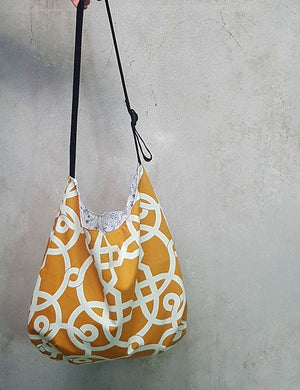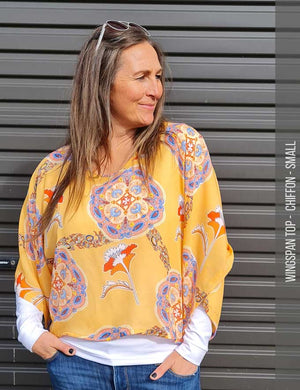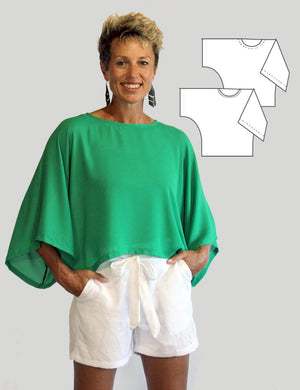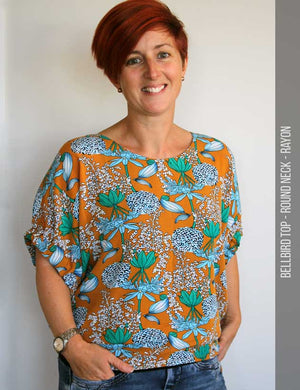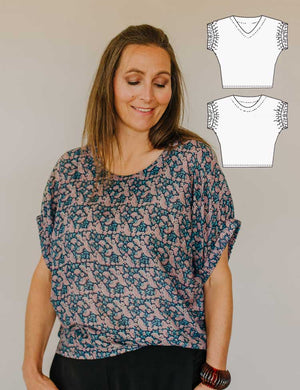A fibre is a fine strand of something that is either woven or knitted together (sometimes crocheted, knotted or felted), to form a fabric or textile (learn more about how fibres are made into fabric here.)
Fibres are either man made or occur naturally (from animals or plants). Natural fibres (eg; silk, wool and cotton) are better for the environment as they break down in the landfill (keeping in mind they vary in environmental friendliness depending on how they are dyed or treated). Man made (synthetic) fibres (eg; polyester, nylon, fibreglass) were created to either prolonge the lifetime of a product (ie, not break down) or to provide a more economical (cheaper) option.
NATURAL FIBRES
Natural fabrics are made using natural fibres. Natural fibres come from plants, animals and minerals. They usually have short fibres, called staple fibres. The exception to this rule is silk, a natural fibre whose continuous filaments are up to one kilometre in length.
Of industrial value are four animal fibers, wool, silk, camel hair, and angora as well as four plant fibers, cotton, flax, hemp, and jute. Dominant in terms of scale of production and use is cotton for textiles.
The STRONGEST natural fibre is:
Spider silk is one of the toughest natural fibers known in nature. The light, flexible fiber is five times stronger by weight than high-grade steel and extremely stretchy, enlarging to snag incoming insects and other prey.

The WARMEST natural fibre in the world:
Qiviut is the fine undercoat of the Musk Ox is called qiviut (kiv-ee-ute) in the Eskimo language, which is translated as “down” or “underwool”. Qiviut is naturally a soft grayish-brown color, and is one of the warmest and most luxurious fibers in the world (eight times warmer than wool and finer than cashmere).

MAN-MADE FIBRES (Synthetics)
Synthetic fabrics are textiles made from man-made fibers rather than natural fibers. Chemically produced fabrics are made by joining monomers into polymers, through a process called polymerization. A synthetic fabric, when magnified, looks like plastic spun together.
Examples of synthetic fabrics are:
- Nylon.
- Polyester.
- Polypropylene.
- Rayon
Each of the above textiles are made using a variety of fibres, some more harmful to the environment (and those making them) than others.
A LAST WORD ABOUT SUSTAINABILITY;
So is a natural fabric better for the social and physical environment?
Well, obviously yes - but here are some "Buts" (which apply to both natural and synthetic fabrics);
- it depends on how the fabric is printed and dyed. Natural fabrics can still damage the environment if they are made with chemical dyes, and the dye waste is then discharged into rivers, lakes and other water ways. So - how "natural" are the dyes?
- it depends how the fabric is constructed (does the process involve child labour and/or slave like working conditions) to weave, knit, print and colour?
- the animals are mistreated in the process of providing those natural fibres? Many more high end producers are now developing better recording systems to allow buyers to trace the farms these natural fibres originate from, holding everyone more accountable.
So there's never a perfect answer and whilst we do our best to provide you fabulous sewing patterns, we also recognise that we need to get better about sourcing and using more sustainable fabrics in the future. We'd love to see you share that journey with us.
________________________________________________________________
More reading:
A little more about the damage done by "Fast Fashion" (consumer caused catastrophy) here.
A cruelty free list of fabrics from the Compassionate Closet
An environmental footprint of clothes


